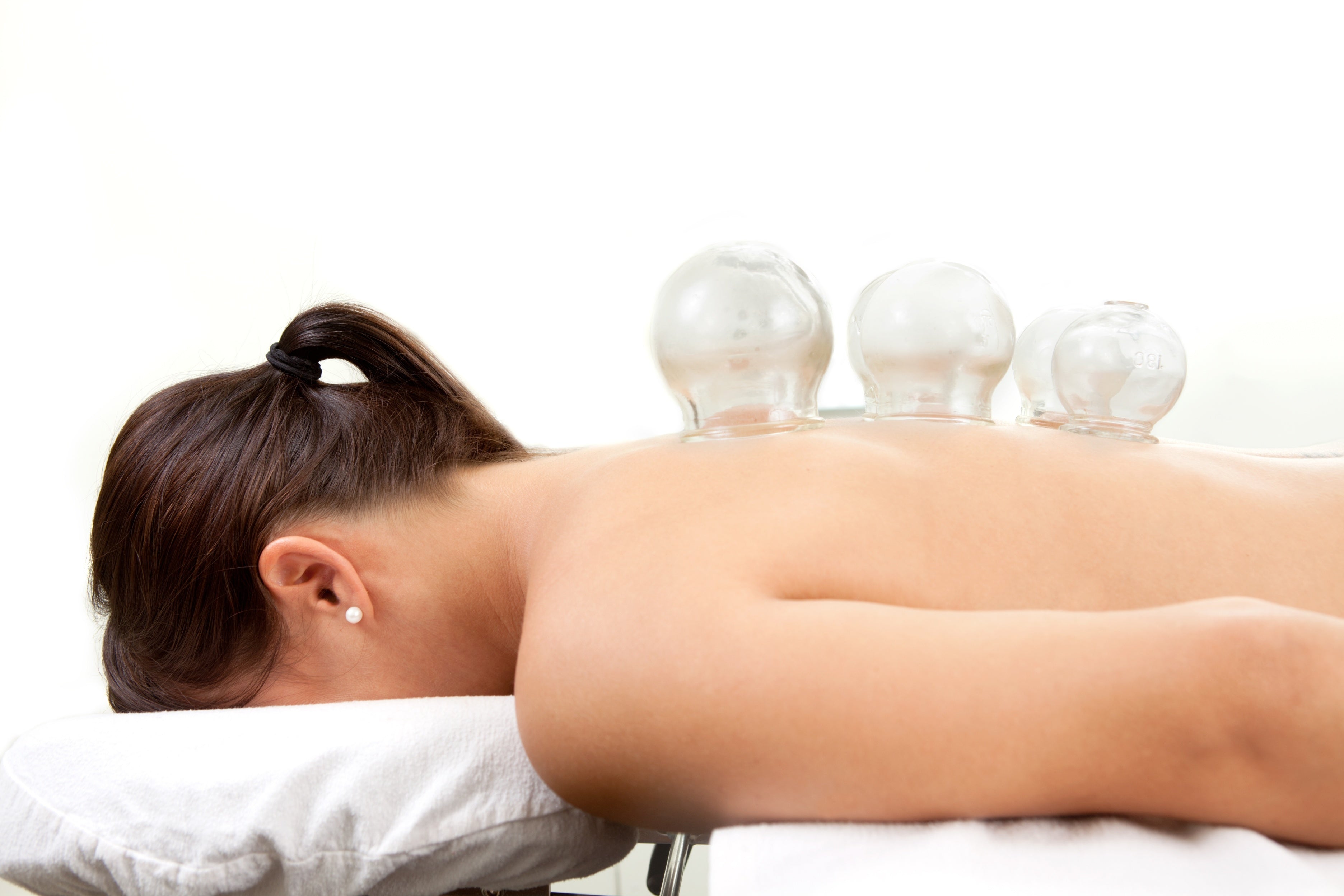Cupping therapy may have originated in China centuries ago however it’s something new to many Canadians. As an alternative therapy used by athletes, pain management patients, and anyone seeking relaxation, cupping uses cups on the skin to create suction. By lifting the tissue, this stimulates blood flow in the targeted region.
In Chinese culture, suction cupping therapy is also believed to restore balance in the body, facilitating the flow of ‘qi’. Taoists also thought cupping helped to balance yin and yang within the self. By restoring balance, this is thought to assist a body in fighting off illness, repairing itself, and reducing pain.
Undergoing cupping therapy, heat or a rubber pump is typically used to create suction. It’s not uncommon for the skin to turn red as the blood vessels respond to this lifting pressure. This sometimes leaves behind mild bruising or purple cupping marks which usually go away within 7-10 days of treatment.
Cupping therapy uses are varied, doing everything from easing muscle aches and joint pains to assisting with digestive issues, skin issues, and similar conditions. Based on the limited academic research conducted so far, cupping therapy in Canada has been found to help treat shingles, acne, cough and certain respiratory conditions, facial paralysis, lumber disc herniation, and cervical spondylosis.
The benefits of cupping tend to vary person to person. For some, it has done a tremendous amount to remedy their health challenges while for others, cupping hasn’t done much. When cups are placed on the body, this supports blood flow as mentioned which is a huge positive. After all, blood flow is how healing in the body happens. Therefore, you get cell repair, forming of new connective tissue, and creation of new blood vessels in the tissue.
Although cupping benefits can be intense, treatment is often complementary to existing pharmaceutical care and other doctor recommendations. For example, athletes use it in combination with diet and exercise to produce a better performance. Also, pain management patients may be able to use cupping as an alternative to opioid therapy.
There are two basic types of silicone cupping techniques which a practitioner may use. ‘Dry cupping’ is suction-only. ‘Wet cupping’ involves suction and controlled medicinal bleeding, usually done by making tiny incisions and sucking a small amount of blood out. If you’re unsure about which option is most appropriate for you, it can depend on the medical condition, practitioner’s opinion, and personal preferences.
Cupping sets in Canada are few and far between. That said, there are a few on the market. Generally, the most convenient cupping sets are made from silicone. These are interpreted as safer than bamboo, ceramic, glass, and other materials. Also, this circumvents the need to use heat to create the suction.



